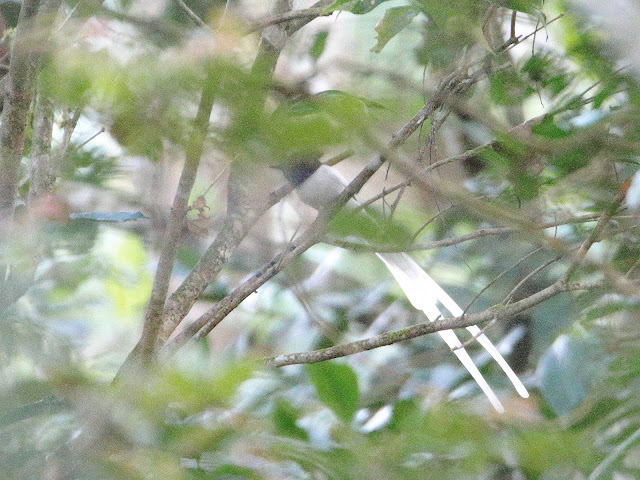Part 1. Wallace Line east
The Wallace Line goes through the Malay Archipelago (Wallacea) - the largest grouping of islands on earth. This invisible yet physical bio-geographical boundary coincides with the centre thread of the Lombok strait, a 250m-deep trench that separates the continental shelves of Sunda (Asia) and Sahul (Australia). Wallace Line delineates the sudden change of species composition to its west (Indo-Malayan) and east (Australian) ecozones. The line also separates marine life between the Asian and Australian landmasses. Understanding the Wallace Line leads to understanding biodiversity, geology and evolution. Wallace Line was named after Alfred Russell Wallace, the co-founder of natural selection. In his travels in 1856, Wallace first observed the different birds, then the divergent animal species on either side of the 12km to 35km-wide Lombok Strait. This led him to discover his ‘Wallace line’. The line extends from Bali, in Indonesia, to the Celebes Sea just south of the Philippines.
On a whim I thought to follow Wallace’s footsteps. The journey to see the more than 17 thousand islands of Wallacea starts with visiting just one. I set my very first footstep on Bali in the Lesser Sundas. From there I also visited Flores and Komodo islands in East Nusa Tenggara. That’s a great start- only 17,497 islands to go. I think it’s easier to do the Philippine Archipelago, there’s only 7,123 islands there… Back to Wallace and birds- 23 new species and subspecies were named after Wallace. Some of these birds are on the list below. Except for two species from Komodo Island, all these birds were found and photographed in mainland Flores. These 20 birds are endemic to just one island or two, or a few or all of the Lesser Sunda Islands. Most are rare and endangered throughout their native range. They generally inhabit subtropical and tropical forests at all altitudes from the mountains to sea level. Some birds persist in agricultural areas but like most wildlife, are threatened by pesticides and toxic products. However, their rapid population decline is mostly due to the pet trade.
SITE 1. This list starts in Gunung (Mount) Mbeliling in the land of the Manggarai. Mbeliling is the highest mountain in the west of the island of Flores. Its forested slopes and surrounding foothills is the home and sanctuary of at least 125 species of birds. Ten of the total 25 species seen in the Mbeliling area are on this list.
1. Wallacean Drongo. Red-eyed, glossy-black bird with a heavy bill and shallow-forked, fanned tail.
11. Wallace’s Hanging-Parrot. Endemic to Flores and inhabiting a limited range, this arboreal parrot is also known as the Flores hanging parrot.
13. Brown-capped Fantail. A little forest bird that only exists on Sumbawa, Flores and Lembata.
15. Sunda Honeyeater. Plain olive-plumaged honeyeater with a slender typical downcurved black bill.
17. Ornate Pitta. A multi-coloured plump, short-tailed, long-legged, and primarily terrestrial bird. It sometimes gets on a perch to call, which allowed for a chance of photos in this instance. This bird has somehow persisted within secondary forest and small patches near residential areas. However, there is doubt of its tolerance of the degrading habitat due to pressures caused by human activity.
19. Barred Dove is a long-tailed dove with distinctive orange eye ring and barring all over its body.
Ps. The 20 birds above are only some of 70 bird species seen in the east of the Wallace Line in Flores and Komodo Islands (East Nusa Tengarra) over a five-day period earlier this year.
%20Wallacean%20Drongo.JPG)
.JPG)
%20flame-breasted%20sunbird.JPG)



.JPG)

%20Flores%20Minivet.JPG)
.JPG)
.JPG)
.JPG)
.JPG)
%20chestnut-backed%20thrush.JPG)

.JPG)
.JPG)
.JPG)
.JPG)
%20Yellow-crested%20Cockatoo.JPG)
No comments:
Post a Comment
please leave a comment.